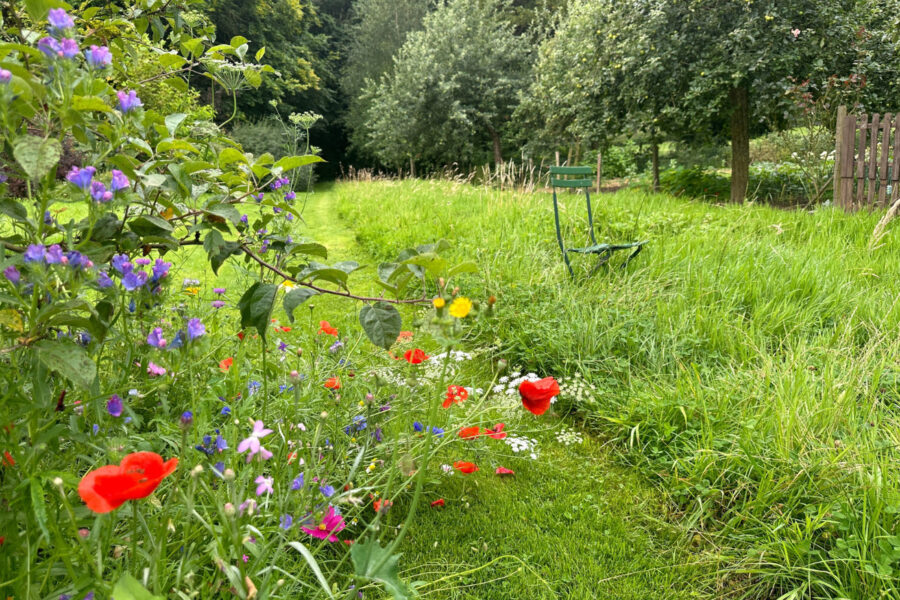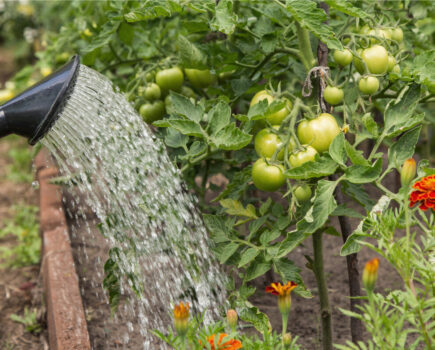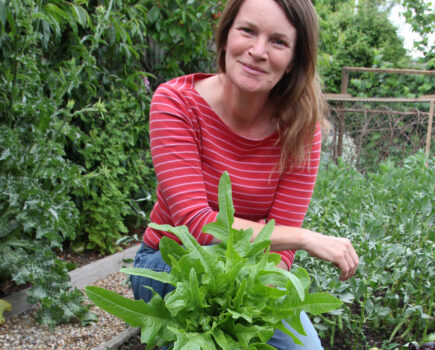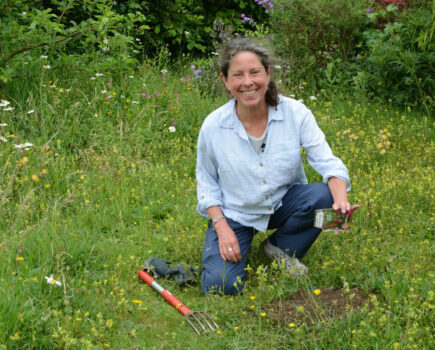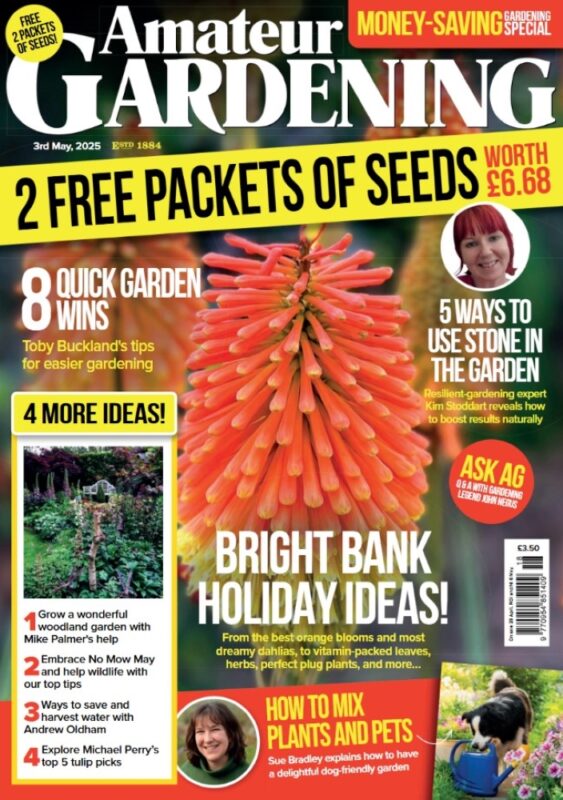Bob suggests turfing out your lawn and making space for so much more
The grass has started growing and so soon we’ll hear that first lawnmower of spring loudly firing up from a distant garden. Is it not time to just stop and think; do we all really need to spend countless hours a year in the pursuit of a well-maintained lawn?
To be fair, it’s quite sensible to have regularly mown turfed paths, even whole areas of grass sward in a larger garden, and turf’s perfect in an orchard or for kids to play on. But why oh why do we feel obliged to maintain postage stamp lawns in each and every garden, no matter how small, particularly where more planting space is wanted?
True turf is pleasant to walk on, makes a fine contrast and backdrop to flowers, and even benefits some wildlife. But a good sward needs regular cutting, at least fortnightly, often weekly, and with milder autumns that means we’re at the maintenance lark for most of the year. That adds up to dozens of mowings annually, each with its carbon cost, unless you use a push mower – and having tried one I really cannot recommend that except in place of a heavy-duty home gym.
However, if you really love the lawn look, or genuinely enjoy sitting out on your wee area of grass, then persevere. But considering alternatives to a small lawn or grass path could save you carbon and effort in the long run.
Bob’s low-maintenance lawn replacements
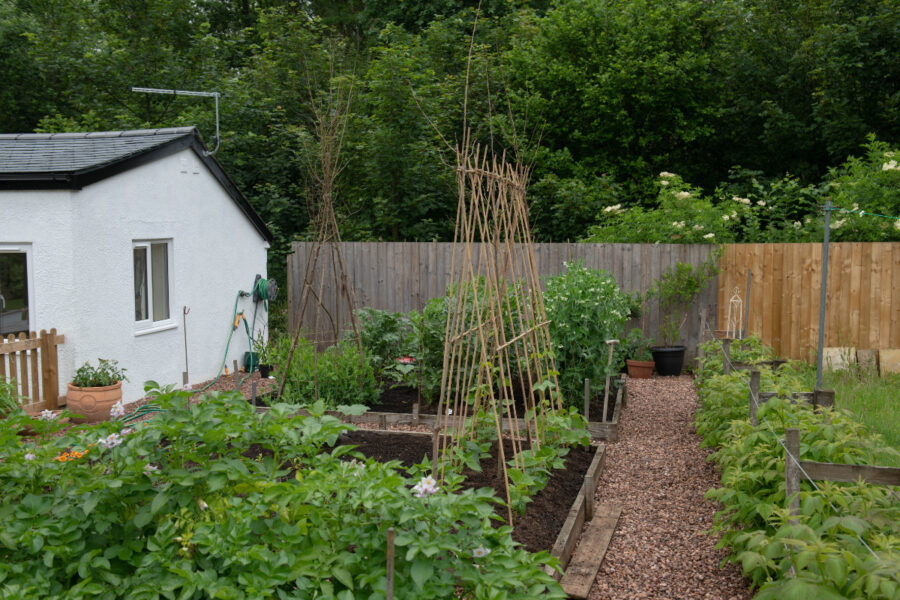
Simply replace turf with mulch, say, composted bark or pea gravel, or just raked soil. Lifting established turf, even weedy turf, usually reveals fairly clean (ie mostly weed free) soil that can then be kept tidy with a sharp hoe instead of a mow.
Access can be with judiciously placed stepping stones, these need no weeding and act much like mulch to plants around them (keeping their roots cool and preventing moisture from evaporating). By removing turf you’ve simultaneously freed up space for more interesting plants than grass. Don’t plant shrubs, as most will rapidly get too big and need pruning, though dwarf compact shrubs such as daphnes may suit and ground-covering evergreens/greys: lavenders, cotton lavender, sages, pinks, thymes and of course heathers, will add much more interest, perfume and colour, and attract more wildlife than the turf they replace.
Other excuses for selling on your lawn mower
Equally suited are herbaceous plants. True, these may need an annual tidy and the tallest will benefit from being tied to supporting sticks but most, once established, are not as much work over the year as all that grass cutting.
And these have another advantage that is often overlooked. Whereas most shrubs, trees and climbers relentlessly enlarge every year, getting taller and shading the rest of the garden, herbaceous plants do not. These make wider clumps but their height remains the same year after year, making them more companionable with windows, paths and stepping stones, and also much more attractive to wildlife than any small rectangle of turf.
Anyway, once you’ve lifted (and sold or composted) your last slice of turf you’re then free to sell off your mower, also freeing up space in your shed or garage. It’s a win win, win – but move quickly, as now’s the best time to be selling a mower!
Find more tips, advice and articles like this at the Amateur Gardening website. Subscribe to Amateur Gardening magazine now

